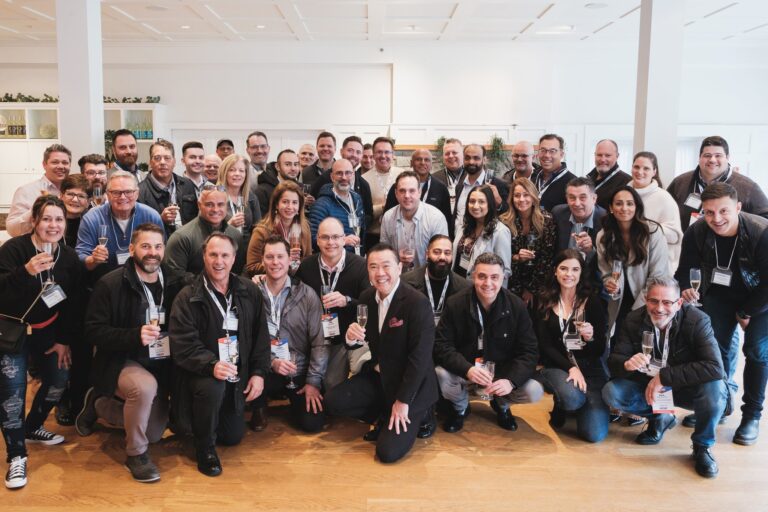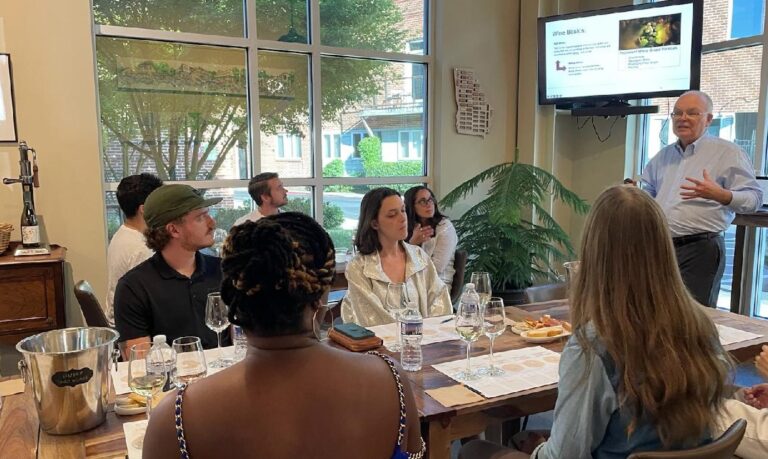From the rolling hills of Tuscany to the rugged coastline of California, wine regions around the world have their own unique histories, cultures, and winemaking traditions that make them special and worth exploring.
Climate and Soil
The first is the climate and soil of the region, which can have a huge impact on the flavors and characteristics of the wines produced there. For example, a region with hot, dry weather, like California’s Napa Valley, is well-suited for producing ripe, full-bodied red wines like Cabernet Sauvignon and Zinfandel. On the other hand, a region with cool, damp weather, like France’s Loire Valley, is well-suited for producing crisp, refreshing white wines like Sauvignon Blanc and Chenin Blanc.
Grape Varieties of the Region
Different regions are known for producing wines from specific grape varieties, which can be influenced by the local climate and soil conditions. For example, the wines of Bordeaux are known for their Cabernet Sauvignon and Merlot grapes, while the wines of Rioja are known for their Tempranillo grapes.
Pay Attention to the Winemaking Traditions
Different regions have their own distinct styles and techniques for producing wine, which can be influenced by the local grape varieties, winemaking equipment, and cultural practices.
For example, the wines of Bordeaux are known for their elegant, refined style, while the wines of Rioja are known for their bold, spicy flavors.
What should you look for in Wineries before visiting?
Consider the size and scale of the winery. Some wineries are small, family-run operations, while others are large, multinational corporations. The size of the winery can impact the style and quality of the wines they produce. Small, independent wineries often have more hands-on, artisanal approaches to winemaking, while larger wineries may be more focused on efficiency and mass production.
Consider the winemaking philosophy of the winery. Some wineries are focused on producing traditional, classic wines, while others are more experimental and innovative. Some wineries are also more sustainable and environmentally conscious, using organic and biodynamic practices to produce their wines.
Look into the reputation and track record of the winery. Some wineries have been around for centuries and have a long history of producing high-quality wines, while others are newer and may be less established. It’s worth doing some research and reading reviews to get a sense of the quality and style of the wines produced by a particular winery.
Finally, it can be helpful to consider the overall ambiance and experience of visiting a winery. Some wineries offer guided tours, tastings, and other educational experiences that can be a great way to learn more about the wines and the winemaking process. Other wineries may have more laid-back, casual tasting rooms where you can just drop in and try a few wines.
So, why is it worth exploring different wine regions and wineries? It’s a great way to learn about the rich diversity of the wine world and discover new and exciting wines. It’s also a great way to support small, independent wineries and learn about the people and stories behind the wines.
Listen to this episode with Rachel Woods, CEO of Vinebase to hear how she uses technology to help discover and support independent wineries. Whether you’re a seasoned wine pro or just starting to explore the world of wine, there’s always something new and exciting to discover.
If you want to listen to the audio version of this episode, please visit Wine Buzz podcast.



